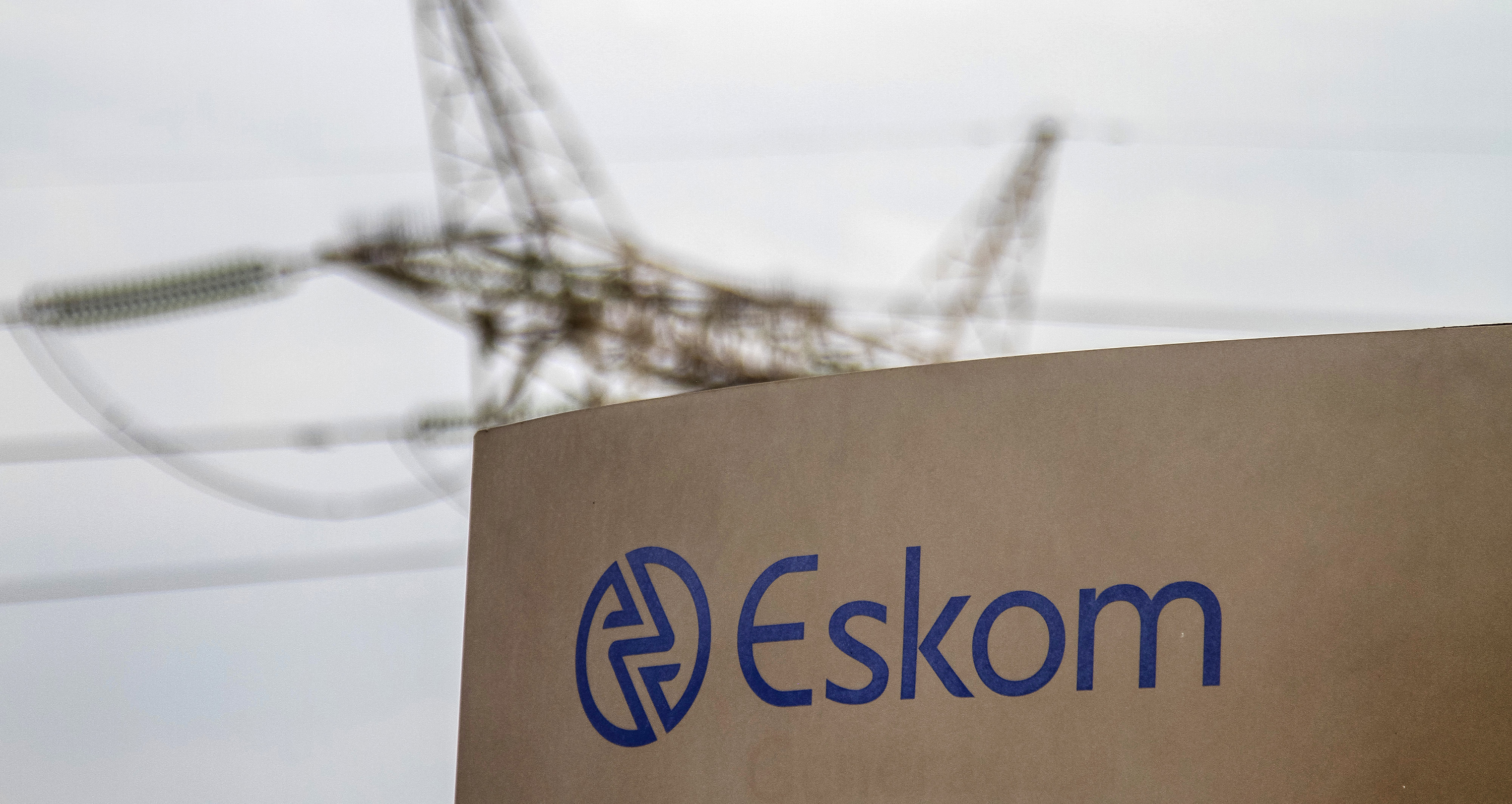Consumers and businesses worried about the increasingly punitive rise in electricity costs can voice their concerns before 1 November, after the National Energy Regulator of South Africa (Nersa) published Eskom’s Multi-Year Price Determination revenue application for 2026 to 2028.
While Eskom has hit the headlines with its request for increases of up to 40% next year, Daily Maverick readers have indicated that their budgets are already stretched very thin.
Read more: ‘We’re not coping’ — Daily Maverick readers buckle under strain of sky-high electricity costs
You can view the revenue application here.
Key numbers in Eskom’s application
The state-owned enterprise has applied for total revenues of R446-billion for the 2026 financial year, R495-billion for the 2027 financial year and R537-billion for the 2028 financial year.
If Nersa accepts these figures, it could translate to the following proposed average price increases for Eskom direct customers:
- 36.15% (1 April 2025 to 31 March 2026);
- 11.81% (1 April 2026 to 31 March 2027); and
- 9.10% (1 April 2027 to 31 March 2028).
The public consultation process
Eskom is required to submit to the regulator the revenue it requires — as part of the Electricity Regulation Act. Charles Hlebela, the head of communications at Nersa, said the end stage of the revenue requirement was what is termed allowable revenue.
“Allowable revenue is the amount Eskom will be entitled to recover in each financial year. It is fundamental to highlight that allowable revenue is not an increase to an individual customer or end-user tariffs,” he said.
Nersa will move forward with a decision on what revenue Eskom can receive after carrying out an analysis and concluding public consultations.
Hlebela said the application allowed for an improvement in Eskom’s financial sustainability through the migration to cost-reflective prices.
“This, in turn, significantly contributes to the successful operation of generation, transmission and distribution in Eskom. Further migration towards cost reflectivity to cover the full cost of capital would be considered in subsequent applications. This would minimise the impact on the taxpayers,” he pointed out.
Following a revenue decision, Nersa will then make decisions about tariffs to be implemented from April next year. Eskom can only implement tariff decisions made by Nersa.
“We are entering the next phase of the regulatory process — extensive public consultation about Eskom’s revenue application and we urge as many stakeholders as possible to become involved so Nersa can determine a key component in the funding of a constant electricity supply that drives economic growth and our quality of life for years to come,” said Calib Cassim, the chief financial officer of Eskom.
Cassim noted that Nersa was likely to take into account affordability for identified vulnerable sectors, including indigent customers and certain industrial sectors.
“Eskom has made its revenue application based on the costs it will incur to efficiently provide electricity to the customer and it is a critical component in ensuring Eskom continues to provide reliable electricity services while improving its financial sustainability,” he said.
The gap between Eskom’s submissions and Nersa’s approvals
A very telling paragraph in Eskom’s 155-page submission to Nersa is as follows:
“We acknowledge the importance of cost savings to improve liquidity, with a focused cost curtailment programme over the next three years. Nonetheless, cost savings alone will not be sufficient to improve our financial health. For Eskom and the electricity supply industry to continue to operate and maintain its assets in a reliable state, the price of electricity must migrate towards cost-reflectivity to ensure Eskom’s long-term financial sustainability.”
The submission goes on to state that without a cost-reflective tariff path, the utility is likely to remain reliant on financial support from the government, and ultimately an already overburdened taxpayer — a scenario which is completely at odds with the “user pay” principle.
One of the points made in Eskom’s submission is the R47-billion difference between what Nersa approved and the actual costs it incurred. Operating costs were about R22-billion higher than Nersa expected. Eskom said its application to Nersa for the 2024 financial year was more closely aligned to the actual figures that materialised.
“The implication of this is that just to keep abreast of these changes alone will require an increase of approximately 10% in [the 2026 financial year]. It follows that to keep up with reality, further increases would be required related to [the 2025 financial year]. Then only can the [2026 financial year] application be analysed,” the submission states, acknowledging that the 2024 financial year was “a challenging one … from an operational point of view”.
Last year, Nersa authorised an average tariff increase of 18.65% to kick in from 1 April 2023. This was after Eskom had requested a tariff increase of more than 32%, citing higher fuel costs, higher procurement from independent power producers (IPPs) and depreciation of its power generation assets. DM





